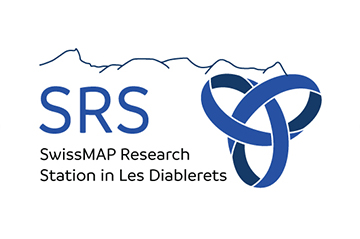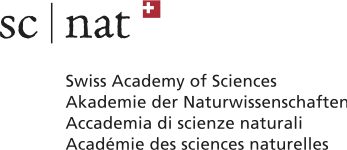- Compact style
- Indico style
- Indico style - inline minutes
- Indico style - numbered
- Indico style - numbered + minutes
- Indico Weeks View
Workshop on Spin Glasses
→
Europe/Zurich
SwissMAP Research Station
Hotel Les Sources
85W5+MM
Les Diablerets
Switzerland
, ,
Description
Thank you to all participants for a wonderful week!
Videos: After they have been edited videos of some lectures and talks will appear at https://swissmaprs.ch/videos.
Timetable - Titles and abstracts (PDF) - Titles and abstracts (webpage)
The Workshop on Spin Glasses will take place in fall 2022 (25-30 September) and bring together researchers interested in spin glasses and related topics. It will feature a relaxed progamme with a limited number of extended lectures and talks with plenty of time for discussion.
Details of programme:
There will be four extended lectures of 3 hours, and 6 talks of 1 hour, as well as a contributed talk and poster session. The speakers are:
Extended lectures:
- Antonio Auffinger, Northwestern University
- Andrea Montanari, Stanford
- Eliran Subag, Weizmann Institute
- Lenka Zdeborova, EPFL
One hour talks:
- Emmanuel Abbé, EPFL
- Jean Barbier, ICTP Trieste
- Ahmed El Alaoui, Cornell University
- Aukosh Jagannath, University of Waterloo
- Jean-Christophe Mourrat, ENS Lyon
- Pierfrancesco Urbani, CEA Saclay
The arrival day is Sunday, with the scientific programme starting Monday morning and running until Friday before lunch. Dinner Sunday and lunch Friday are included, and departure is on Friday afternoon.
For a list of all registered participants see the corresponding page.
Application to participate - Contributed talks and posters:
We invite applications to participate in the workshop and give a short talk or present a poster from any researchers with an interest in spin glasses and related topics. Please apply by filling out the form. The deadline for applications is November 15, 2021, and applications are considered on a rolling basis.
Location:
The location is the SwissMAP Research Station (SRS) in the ski resort Les Diablerets in the Swiss alps. The research station is newly opened venue for scientific meetings.
Accommodation:
Accommodation and meals for participants will be provided in the Hotel Les Sources, which houses the Research Station.
Cost:
There is no registration fee, and accommodation and meals are included for all participants thanks to generous financial support of SwissMAP.
Travel:
See this page for instructions. The Research Station is reachable by train from most locations in Europe, including from the airports of Geneva, Zurich and Basel, which have many international flights.
Organizers:
David Belius - University of Basel
Erwin Bolthausen - University of Zurich
Giuseppe Genovese - University of Zurich
We gratefully acknowledge the generous financial support provided by:
- SwissMAP
- Swiss National Science Foundation
- Swiss Academy of Sciences
- Swiss Mathematical Society
- International Association of Mathematical Physics
Note: Due to the pandemic the workshop has been postponed. The new dates are 25-30 Sept 2022, rather





Participants
Adrien Schertzer
Afonso Bandeira
Ahmed El Alaoui
Alain-Sol Sznitman
Amin Coja-Oghlan
Amir Dembo
Andrea Montanari
Antoine Maillard
Anton Klimovsky
Antonio Auffinger
Arianna Piana
Aukosh Jagannath
Benjamin McKenna
Berfin Simsek
Bruno Loureiro
Cedric Gerbelot
Cheng Shi
Christian Brennecke
Damien Barbier
Daniele Tantari
Daniil Dmitriev
David Belius
Diego Alberici
Eliran Subag
Emanuele Mingione
Emmanuel Abbé
Erwin Bolthausen
Florent Krzakala
Francesco Camilli
Francesco Concetti
Francesco Guerra
Georgios Vlassis
Giorgio Parisi
Giuseppe Genovese
Hong-Bin Chen
Horng-Tzer Yau
Jacopo Niedda
Jean Barbier
Jean Bernoulli Ravelomanana
Jean-Christophe Mourrat
Jiaming Xia
Jiří Černý
Joon Lee
Justin Ko
Lena Krieg
Lenka Zdeborova
Leon Fröber
Luca Leuzzi
Maurice Rolvien
Nicolas Macris
Noela Müller
Ofer Zeitouni
Olga Schefeltowitsch
Pax Kivimae
Perfrancesco Urbani
Pierluigi Contucci
Reza Gheissari
Silvio Franz
Séverine Gros
Tomas Dominguez
Vladimir Fomichov
Yatin Dandi
Contact SRS




